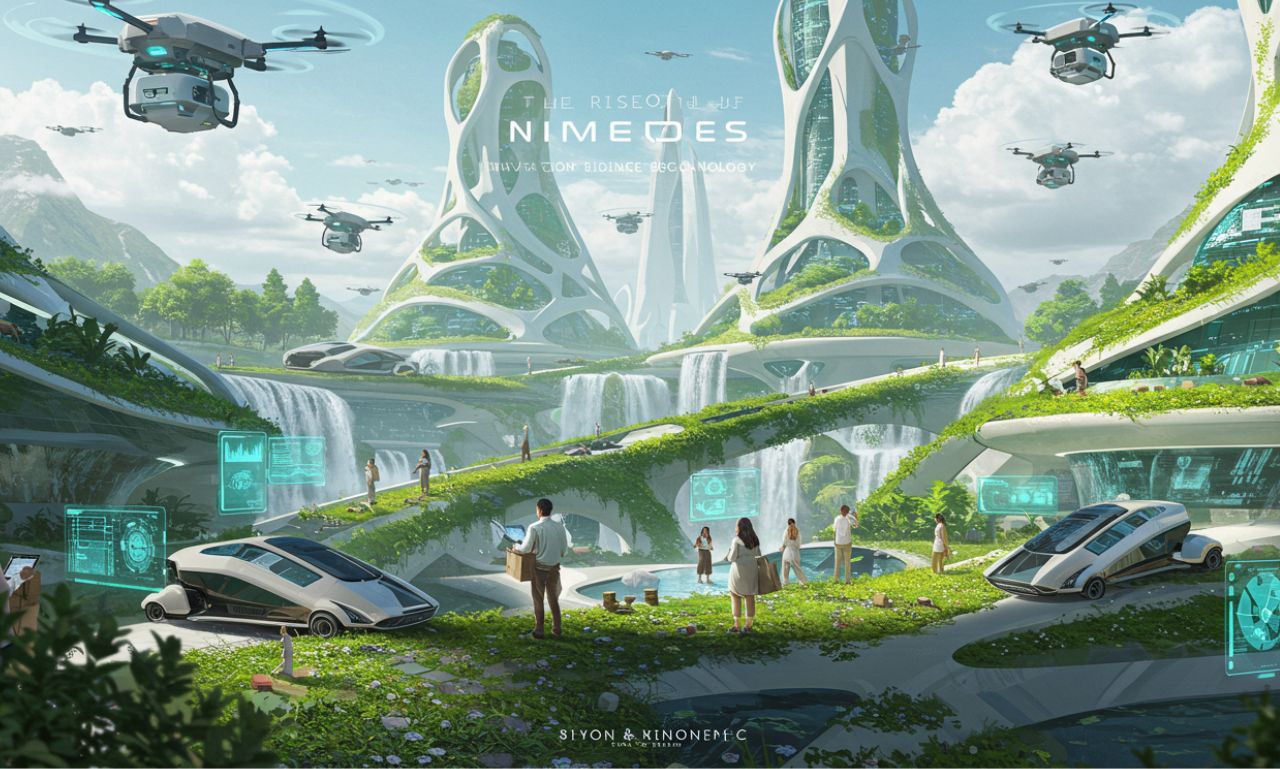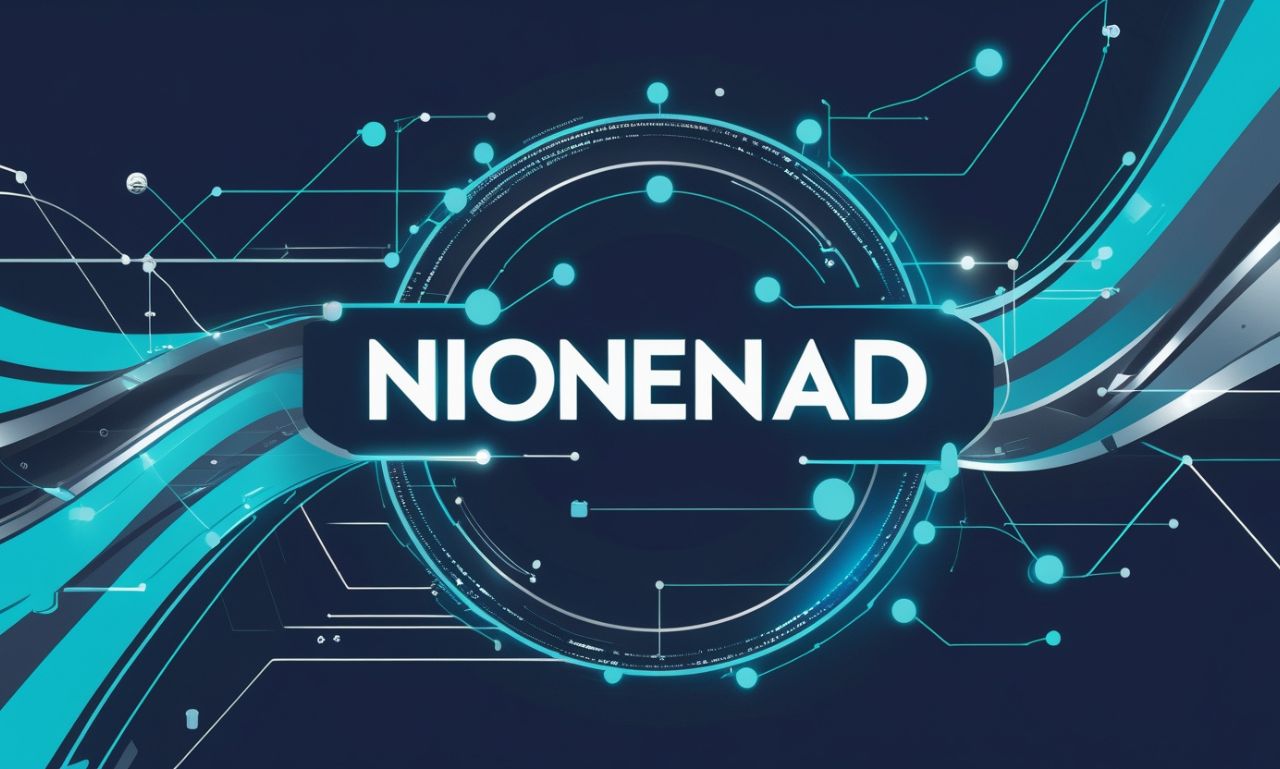What is Nimedes?
The Rise of Nimedes is an emerging concept/platform that blends innovation, balance, and adaptability. It is designed to sit at the crossroads of creativity and structure, aiming to provide tools and ideas that adapt over time. It is more than any single piece of software or idea; it’s a philosophy about making systems, designs, and human practices that can evolve.
Origins of Nimedes
The roots of Nimedes appear to be partly symbolic and partly practical. The term may be constructed from components suggesting newness (“Ni-”) and mediation or middle-ground (“-medes”), though exact etymology remains uncertain. Historically, it draws from traditions where balance, transformation, and mediation were prized in philosophy, art, or culture. Over time, Nimedes has shifted from abstract symbolism to more concrete frameworks in tech, design, business, wellness.
Key Components of Nimedes
-
Adaptability: Systems or practices under Nimedes are meant to change and respond to new inputs, whether from technology, human behaviour or environment.
-
Balance: Between extremes — e.g. creativity vs structure, innovation vs stability, tradition vs modernity. Nimedes aims to reconcile and mediate.
-
Integration: Unifying tools, disciplines, or ideas in one cohesive environment. For example combining project management, communication, design thinking within one workspace.
-
User-centric design: High emphasis on usability, personalization, feedback from users early in design, and flexible interfaces.
Nimedes in Modern Technology
In technology, Nimedes often shows up as a unified digital workspace. It offers integration of various functions — project tracking, document sharing, team communication, analytics — into a single platform. That reduces friction from switching between tools and helps teams stay aligned. Moreover, Nimedes-styled systems leverage cloud computing, real-time collaboration, and adaptive interfaces.
Security and privacy are central challenges in such systems, and platforms invoking Nimedes frequently emphasize them (e.g. encryption, permission-controls).
Nimedes in Business & Branding
For businesses, Nimedes is attractive because it offers a framework to balance risk with innovation. Brands that adopt Nimedes-inspired strategies project adaptability and resilience.
In branding, Nimedes can become a metaphor or identity: a company that positions itself as bridging creativity and stability may use the concept of Nimedes in its messaging. It can also inform internal frameworks — structuring innovation labs or R&D teams under the Nimedes philosophy.
Nimedes in Creativity, Education, and Wellness
-
Creativity & Design: Designers see Nimedes as an approach that allows imaginative freedom but within flexible constraints. It encourages experimentation but provides scaffolding.
-
Education: Educators use Nimedes-frameworks in learning to foster adaptive learning, where curricula adjust to student progress, balancing discipline with exploration.
-
Wellness & Personal Growth: Conceptually, Nimedes has been linked to emotional balance, resilience, and transformational practices. It supports a mindset of growth through change while maintaining one’s core values.
Benefits of Applying The Rise of Nimedes
-
Improved Efficiency of The Rise of Nimedes: Fewer disparate tools, streamlined workflows, reduced switching costs.
-
Scalability & Flexibility: Systems grow or evolve without full redesign.
-
Enhanced User Satisfaction: When systems respect human needs — clarity, feedback, adaptability — users are more engaged.
-
Innovation Encouraged: Because Nimedes doesn’t force rigidity, creative risk taking is more plausible.
-
Stronger Brand Philosophy: Organizations that embody balance and adaptability may connect better with modern audiences valuing authenticity.
Challenges & Criticisms of The Rise of Nimedes
-
Abstractness: Because Nimedes remains somewhat loosely defined, different people interpret it differently. That can dilute its utility.
-
Implementation Overhead: Building highly integrated and adaptive systems often requires greater resources — both technical and human.
-
User Learning Curve: Flexibility sometimes means complexity; users might need time to adapt.
-
Security & Privacy Risks: Integrating many functions and data sources increases exposure to threats. Mitigating this requires solid design and governance.
-
Cultural Differences: What balance or adaptation means can vary across regions and cultures; one version of Nimedes may not fit everywhere.
Future Outlook for The Rise of Nimedes
-
AI & Machine Learning Integration: Nimedes-inspired platforms will likely use predictive models to adapt interfaces, workflows automatically.
-
Greater Customization of The Rise of Nimedes: Tools will allow deeper tailoring to individual or organizational styles without losing coherence.
-
More Hybrid & Remote Work Solutions: Nimedes may be especially valuable in work settings where teams are distributed and need virtual cohesion.
-
Wellbeing & Ethical Design: As people push back against burnout and toxic work culture, Nimedes-styled practices that balance performance with wellness will gain traction.
-
Sustainability & Social Impact: The future of Nimedes might include frameworks that not only focus on internal efficiency, but also environmental, social, and cultural sustainability.
Real-World Examples & Use Cases of The Rise of Nimedes
-
A design agency using a Nimedes approach sets up a digital workspace combining feedback tools, project planning, design collaboration, all in one platform, allowing artists and clients to interact seamlessly.
-
An educational institution uses adaptive learning software (Nimedes-style) where students get materials and feedback tailored to performance and pace.
-
A wellness startup framing its messaging and user experience around Nimedes — promoting resilience, balanced living, and growth.
Why Nimedes Matters
Nimedes matters because the pace of change in technology, business, and society demands systems that do not become obsolete soon. Concepts that provide balance, structure, and adaptability help us navigate uncertainty. Nimedes offers a lens through which individuals and organizations can design for the future without losing sight of their values, creativity, or human dimension.
Conclusion
Nimedes is more than a buzzword — it’s a philosophy, a toolkit, and a vision. It emphasizes adaptability, balance, integration, and human-centered design. While challenges remain (defining it clearly, implementing securely, managing complexity), the promise is strong. As more people, businesses, designers, and educators adopt Nimedes-inspired practices, its influence will likely grow. In a world full of rapid change, Nimedes offers a way to stay agile without losing our footing.











